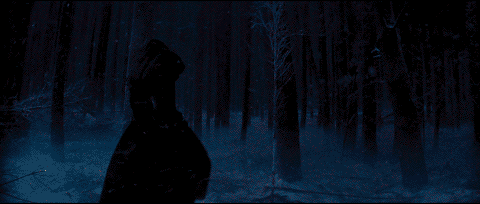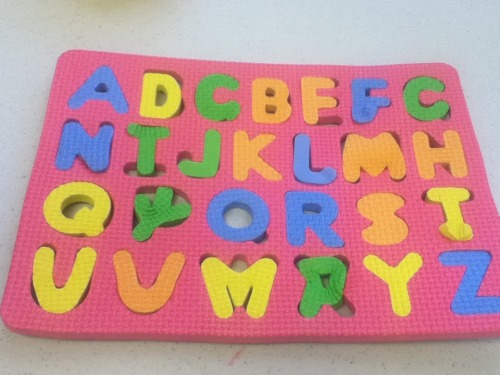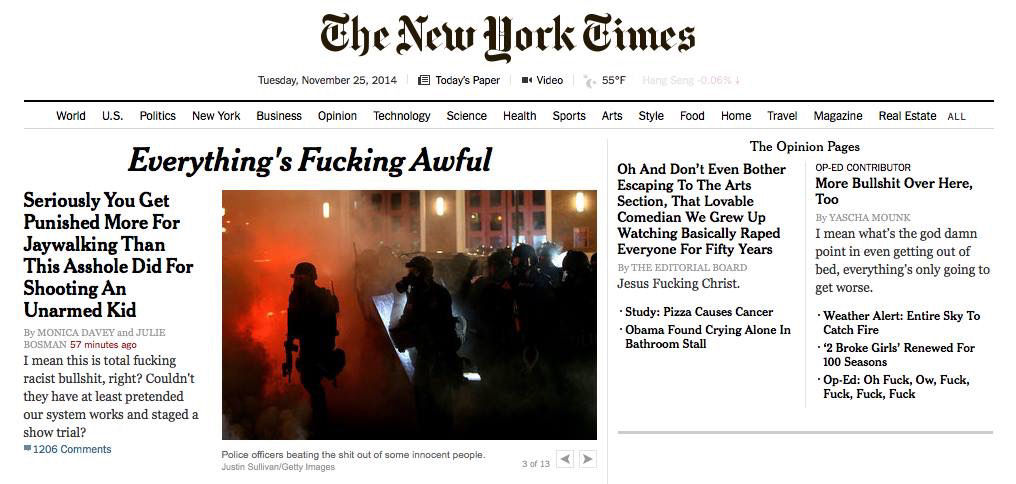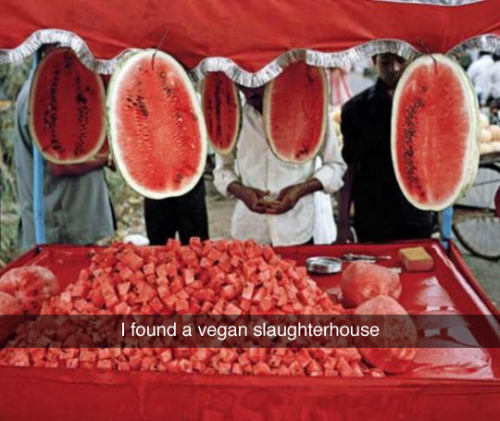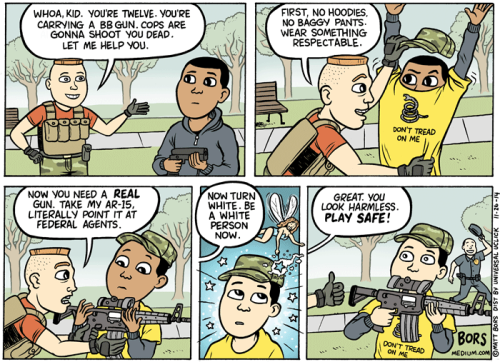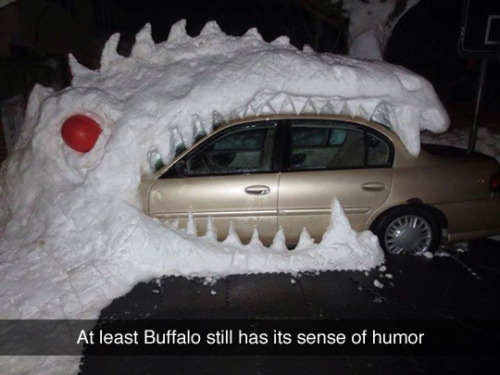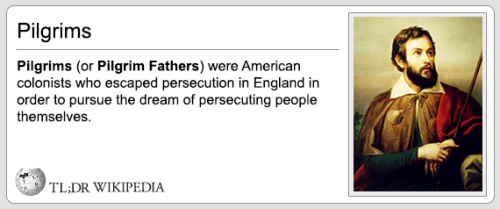This was the scene just as we started across the bridge at White River. Its headwaters are up in that mostly snow-covered valley on Hood's flank. I initially interpreted that line of dead trees at the top of the bank in the lower center as more of those damaged by the 2006 lahar that roared down the valley here. Comparing it to other pictures from this crossing though, I think a better take is that the bank was developed as one or more older debris flows were eroded by the river- perhaps farther by the 2006 event. Subsequent collapse of the loose, unconsolidated rubble exposed and damaged roots, leading to the trees' deaths.
Photo unmodified. October 10, 2012. FlashEarth Location.
Is This Your Hat?
11 years ago







